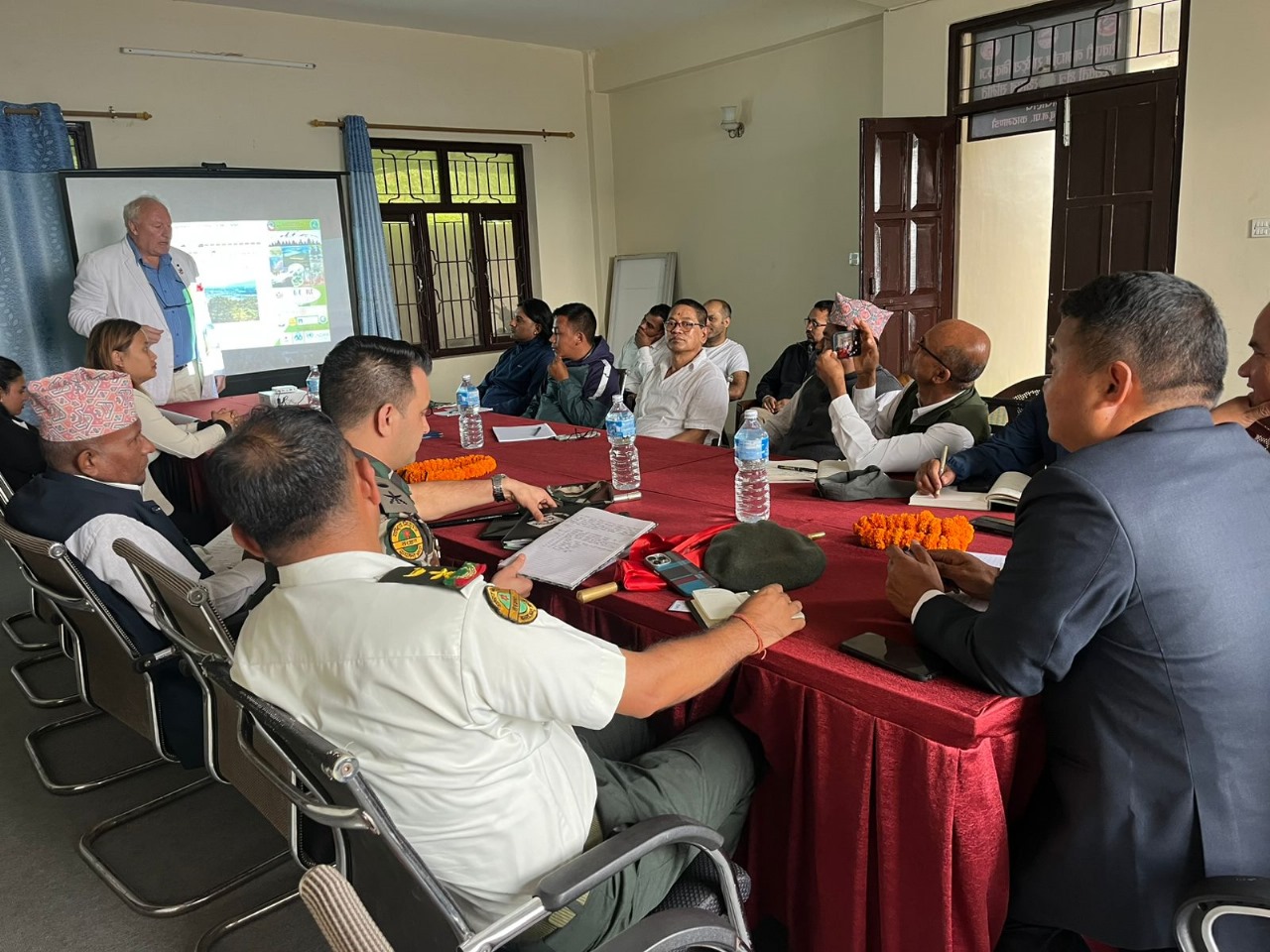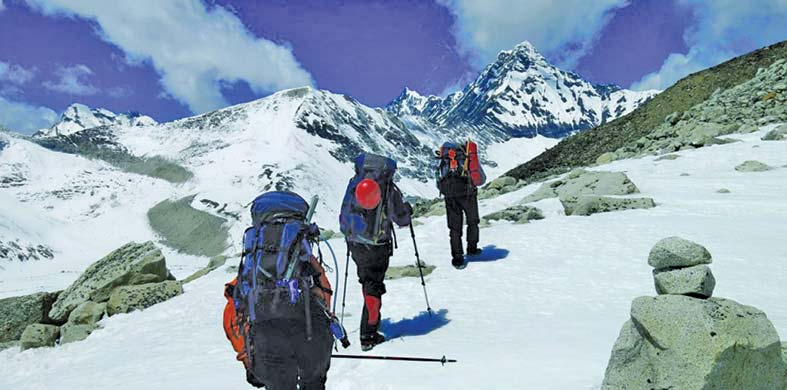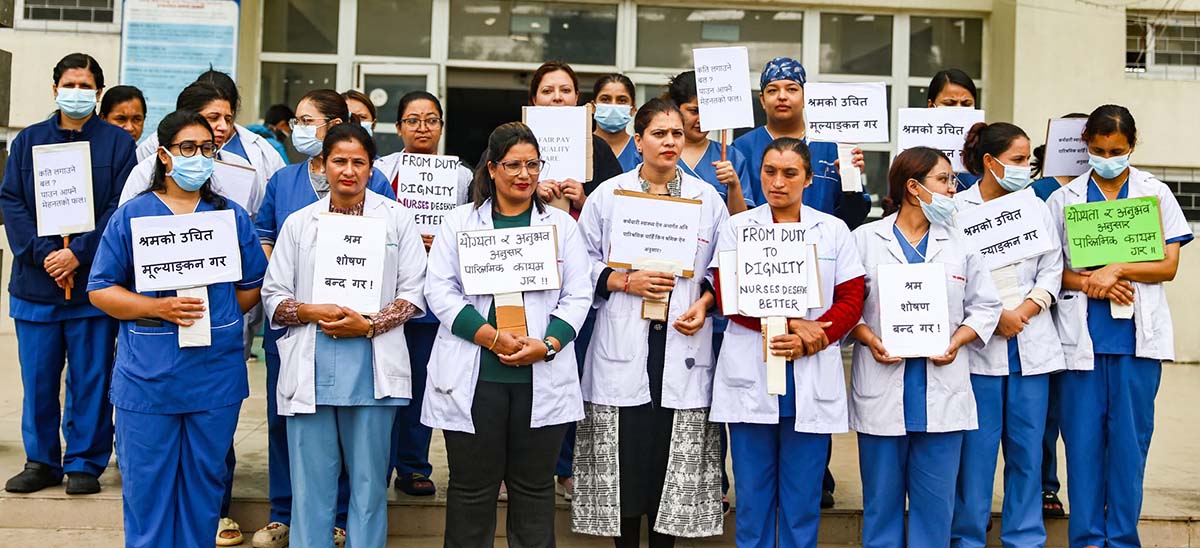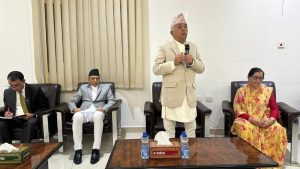Kathmandu, 25 Oct: In the month of Ashoj (mid-September to mid-October), 30,547 foreign tourists visited the Annapurna region, according to the Annapurna Conservation Area Project (ACAP). Among them, 10,019 were from South Asian countries, while 20,528 came from other parts of the world.
Compared to the same month last year, this year’s figure shows a decrease of 185 tourists, said ACAP Chief Dr. Rabin Kadel. He noted that the drop in the number of Indian visitors was mainly due to the ‘Gen Z’ protests in September and unfavorable weather conditions.
Dr. Kadel also reported that 28,705 tourists visited the region in the fiscal year 2080/81, while 30,732 tourists entered the area during Ashoj of the current fiscal year 2081/82. He mentioned that Ashoj and Kartik (mid-October to mid-November) are considered the peak tourist seasons in the Annapurna region and expressed optimism that the number of visitors will increase further in Kartik.
Following the Tihar festival, there has also been a noticeable rise in domestic tourist activity in Mustang and surrounding areas. “During this season, foreign visitors generally come for trekking,” said Dr. Kadel. “In Kartik last year alone, 33,310 foreign tourists visited the Annapurna region.”
The ACAP office maintains records only of foreign tourists trekking along the Annapurna Circuit Trail, while a significant number of domestic visitors enter the region via road routes each year, he added.
He further explained that the tourist flow — both domestic and international — increases during the festive season and public holidays, as these periods coincide with the main travel months.
During this time, popular destinations such as Annapurna Base Camp, Mardi Himal, Ghandruk, Tilicho Lake in Manang, Thorong La Pass, Upper Mustang, Ghorepani, and Poon Hill are crowded with both Nepali and foreign tourists, Dr. Kadel said.
He also noted that the number of trekkers usually declines during the rainy and winter seasons, while the flow of both domestic and international tourists rises significantly in other months.
According to him, most Indian tourists traveling to religious sites such as Muktinath prefer to go by road, whereas tourists from other countries generally choose to trek on foot.
The Annapurna Conservation Area, spread over 7,600 square kilometers, includes 87 wards from 15 local governments across the districts of Kaski, Lamjung, Manang, Myagdi, and Mustang. The Annapurna region is regarded as one of the most famous trekking destinations in the world.






















